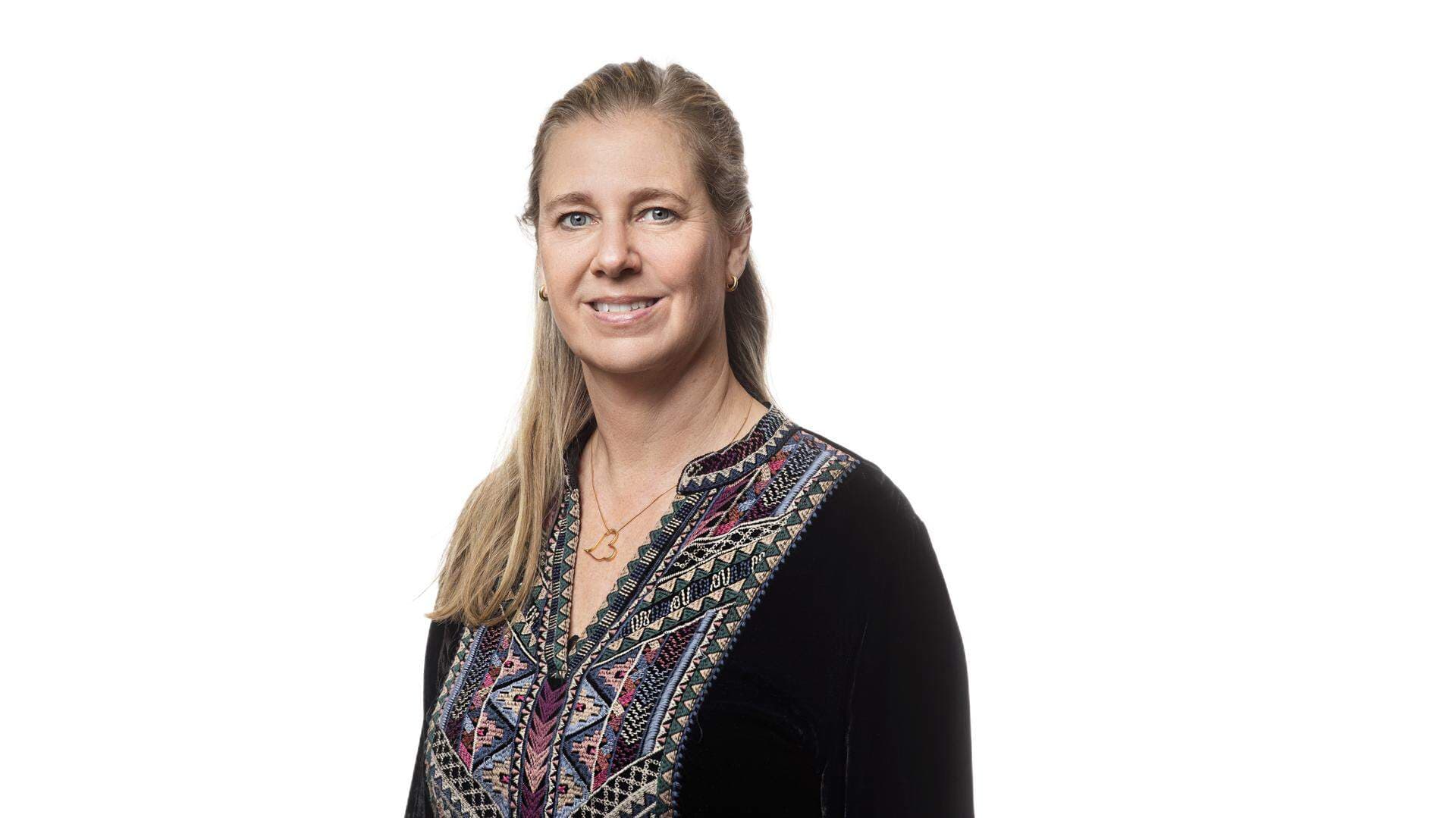“VAT-free is not truly VAT-free”
That ‘VAT-free’ is not truly ‘VAT-free’ is something that bears repeating until we start discussing the negative societal impacts of hidden VAT.

Anna Sandberg Nilsson, the Confederation of Swedish Enterprise’s VAT expert, had the opportunity to talk about the negative effects of hidden VAT on healthcare at a seminar in Italy entitled ‘The Health system and VAT neutrality.’
Several Italian experts, the former and current Head of Unit for Taxation at the European Commission (DG TAXUD VAT) and the Portuguese tax authority also participated.
– The impact of the pandemic has been relentless, highlighting the shortcomings and the need for improvements to the healthcare systems of various countries. The fact that hidden VAT further increases the cost of running and investing in healthcare is hardly a desirable situation, and it seems worrying that this fact is able to fly completely under the radar.
Hidden VAT arises when the purchase price is inclusive of VAT and a business or other taxable individual cannot reclaim the VAT, which is normally 25%. Depending where in the chain the hidden VAT arises, consumers may even be impacted by double VAT or the non-execution of transactions, as different operators find it increasingly difficult to deliver, for example, health and social care. Under the EU VAT Directive, there is a VAT exemption for health, education, and social care.
– The original idea was that the VAT exemption would benefit health and social care, reducing costs and increase accessibility for citizens. However, with increasing tax rates, growing care needs, more care providers and new developments in care including increasing digitalisation, the exemption has now become a disadvantage, with increasing costs and reduced accessibility, contrary to the original intended purpose.
Anna Sandberg Nilsson described the challenges in Sweden. Costs for health care by 2050 are projected to increase by 30% and care costs for the elderly by 70%. The Swedish Ministry of Finance estimated (in 2019) the need to build 560 elderly care homes and 75 health centres, while some 80,000 more people will be needed to work in health and social care by 2026. In reality, this means building three elderly care homes a week up until 2030. In addition, digital solutions and innovations have been highlighted as an important part of the solution for the future.
– It is therefore surprising, to say the least, that we do not talk more about the fact that hidden VAT increases costs, and how it makes it more difficult to resolve issues relating to staffing, premises and technological development.
The VAT problem is not so acute for public sector
The VAT problem is not quite so acute for public sector activities. In Sweden, there is a reimbursement system for municipalities, whereby an individual municipality is reimbursed for VAT charged in invoices and also a flat-rate share of subcontractors’ hidden VAT. However, the collective body for municipalities points out that they finance the whole system through reduced state subsidies.
– The problems and shortcomings of the existing VAT rules were widely acknowledged at the seminar. It was even stated that the exemption, its effects and the fact that no expiry date had been set, was a mistake. Although the European Commission was not highly optimistic over the likelihood of getting Member States to agree on changes to the EU VAT Directive, I remain convinced that we must continue working in this direction.
Over the last two years, several rapid changes have been made to the VAT Directive to seek to mitigate the impact of the pandemic. Furthermore, there are over 100 opportunities within the EU VAT Directive to help facilitate Member States’ VAT management. These also exist for the social derogations.
– It is time to add the health care exemption to these possibilities, in order to help Member States address the problem of hidden VAT, and have VAT rules that deliver on the objective of keeping costs down and increasing access to health and social care for citizens.